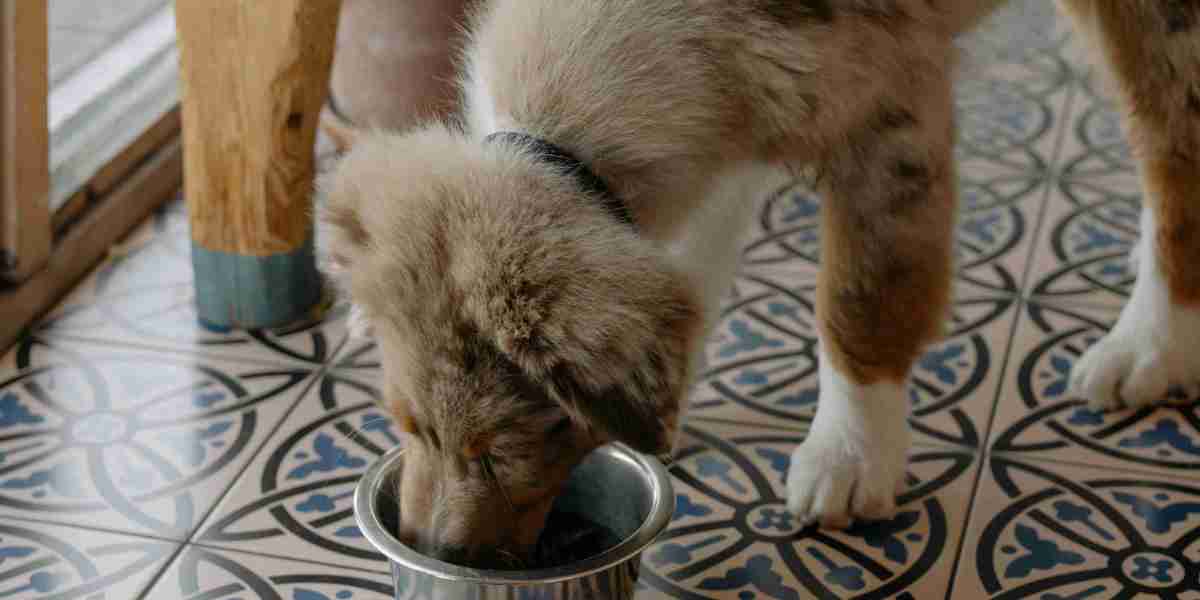Dog Nutrition Tips
When it comes to giving your furry friend the best life possible, what you put in their bowl matters more than you think. Just like us, dogs thrive on balanced meals, regular routines, and smart choices. In this guide, we’ll unpack the best Dog Nutrition Tips so your pup stays happy, active, and healthy for years to come.
Understanding Your Dog’s Nutritional Needs
The Basics of Canine Nutrition
Every dog needs the right balance of proteins, fats, carbohydrates, vitamins, minerals, and water. This combination fuels their energy, keeps their coat shiny, supports their immune system, and maintains healthy organ function.
Differences Between Breeds, Ages, and Activity Levels
A Chihuahua doesn’t eat like a Labrador, and a senior pup doesn’t need the same calories as a puppy. Small breeds may need more calorie-dense food, while active breeds need protein-rich meals to stay lean and energetic.
Key Nutrients Every Dog Needs
Proteins – Building Blocks of Health
Proteins are the foundation of muscle, skin, and fur. Look for high-quality sources like chicken, beef, lamb, or fish as the first ingredient.
Fats – Energy and Coat Health
Fats aren’t the enemy—they’re essential! Omega-3 and omega-6 fatty acids support brain function and give your dog that shiny, pettable coat.
Carbohydrates – The Right Kind and Amount
Carbs provide energy, but not all carbs are created equal. Whole grains like brown rice and oats are better than fillers like corn and wheat.
Vitamins and Minerals – The Silent Protectors
From Vitamin A to Zinc, your dog needs a variety of micronutrients to fight disease, maintain bone strength, and aid digestion.
Water – The Most Essential Nutrient
Never underestimate fresh water. Dogs can get dehydrated quickly, especially in hot weather or after lots of play.
Choosing the Right Dog Food
Wet Food vs Dry Food
Wet food is often more palatable and hydrating, but dry kibble can help clean teeth and is easier to store. A mix of both can offer the best of both worlds.
How to Read a Dog Food Label
Ingredients are listed by weight—look for real meat as the first ingredient. Avoid artificial colors, preservatives, and unrecognizable chemicals.
Spotting Low-Quality Ingredients
Avoid foods with vague terms like "meat by-products" or "animal digest." These are red flags for poor-quality nutrition.
Common Feeding Mistakes Dog Owners Make
Overfeeding and Obesity
Chubby dogs might be cute, but obesity leads to heart disease, diabetes, and joint issues. Measure your dog’s meals carefully.
Human Food Hazards
Not everything we eat is safe for dogs. Onions, chocolate, grapes, and caffeine can be toxic—even deadly.
Irregular Feeding Schedules
Dogs thrive on routine. Feed them at the same times daily to keep their digestive system balanced.
Special Diets and Needs
Puppies
Growing pups need higher protein and fat content to develop strong muscles and bones.
Seniors
Older dogs require fewer calories but more fiber and joint-supporting nutrients like glucosamine.
Allergies and Sensitivities
Some dogs are sensitive to grains or specific proteins. Hypoallergenic diets or limited-ingredient foods can help.
Dogs with Medical Conditions
Conditions like kidney disease, diabetes, or pancreatitis require tailored nutrition—always consult your vet.
How to Transition Dog Foods Safely
Never switch food overnight. Gradually mix the new food in over 7–10 days to avoid upset tummies.
Natural Supplements and Treats That Help
Fish oil, probiotics, and joint supplements can be great additions. Healthy treats like carrots or dehydrated meat are better than store-bought junk.
Homemade vs Commercial Dog Food
Homemade diets can be great, but they require precision. Missing just one nutrient can cause long-term health issues. If you're going this route, consult a canine nutritionist or vet.
Signs Your Dog’s Diet Needs an Upgrade
Dull coat
Low energy
Frequent digestive issues
Itchy skin
Sudden weight changes
These are all signs to rethink what you’re feeding.
Top Resources for Dog Nutrition Advice
You don’t have to figure it all out alone. Websites like ibelu offer expert-reviewed guides and curated lists like the Top 10 Dog Foods to help you choose smarter for your pup.
Conclusion
Your dog depends on you for every meal—make it count! By following these easy Dog Nutrition Tips, you’re not just filling a bowl; you’re fueling a life. Stay informed, pay attention to their needs, and when in doubt, ask your vet. A well-fed dog is a happy dog.
FAQs
1. What foods should I never feed my dog?
Chocolate, onions, grapes, raisins, xylitol (found in sugar-free gum), and caffeine are all toxic to dogs.
2. How can I tell if my dog has a food allergy?
Look for symptoms like itching, ear infections, vomiting, or diarrhea. An elimination diet may be needed.
3. How often should I feed my dog?
Most adult dogs do best with two meals a day. Puppies may require 3–4 meals depending on their age.
4. Is grain-free food good for dogs?
Not always. Grain-free diets are trendy but may lack essential nutrients unless carefully balanced.
5. What are signs of poor dog nutrition?
Lethargy, skin problems, brittle fur, excessive shedding, and digestive issues are all red flags.








